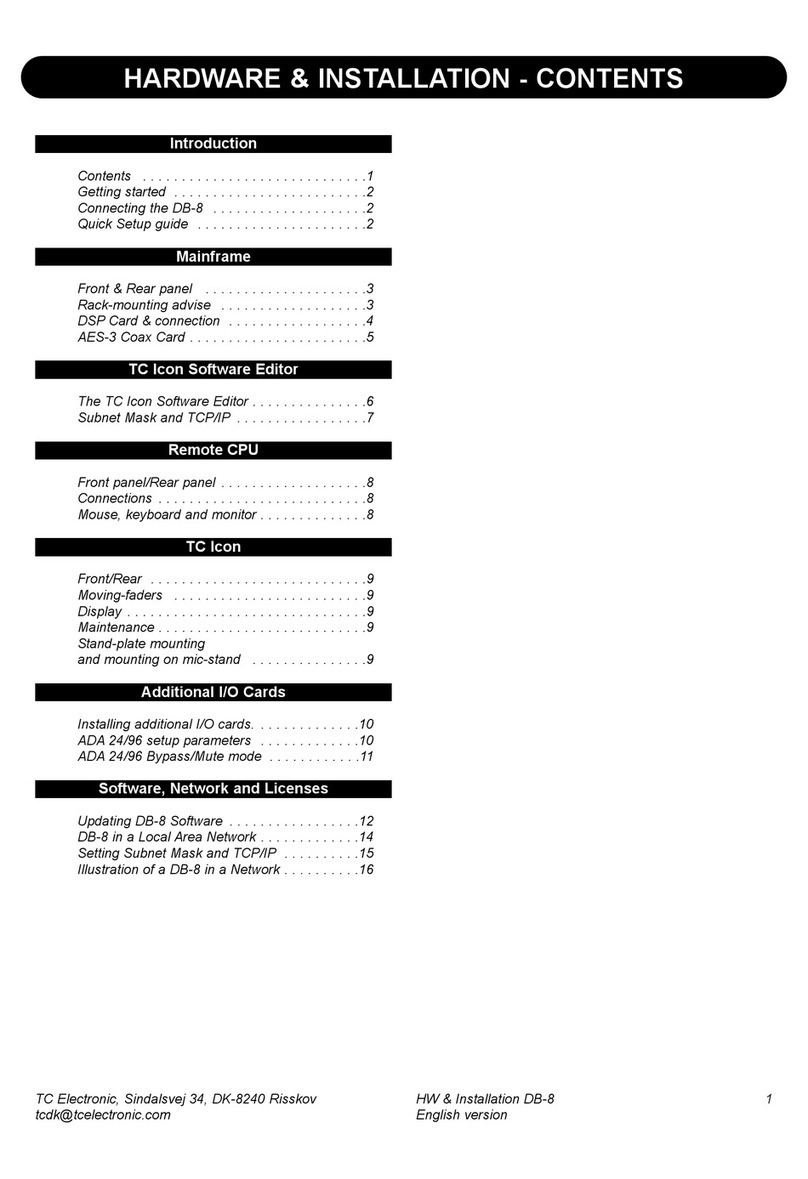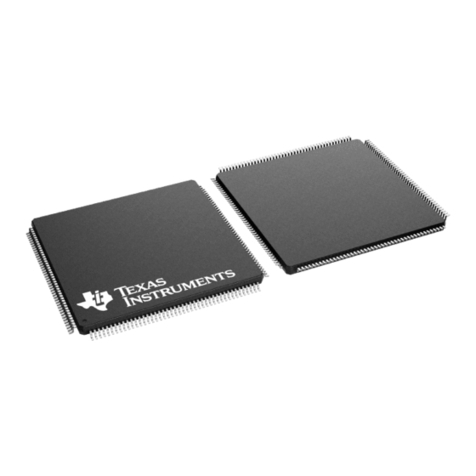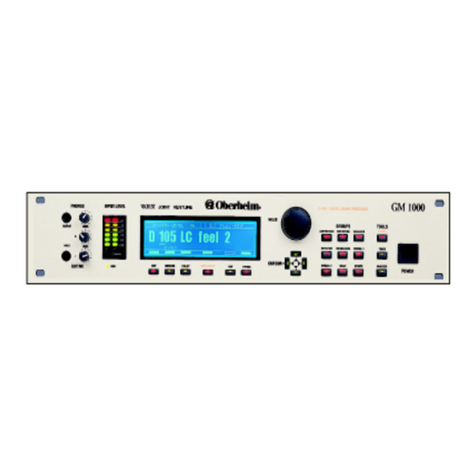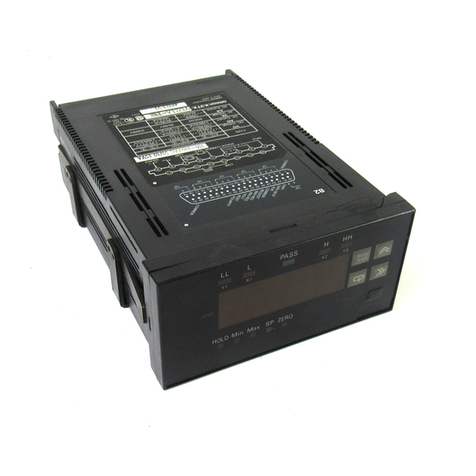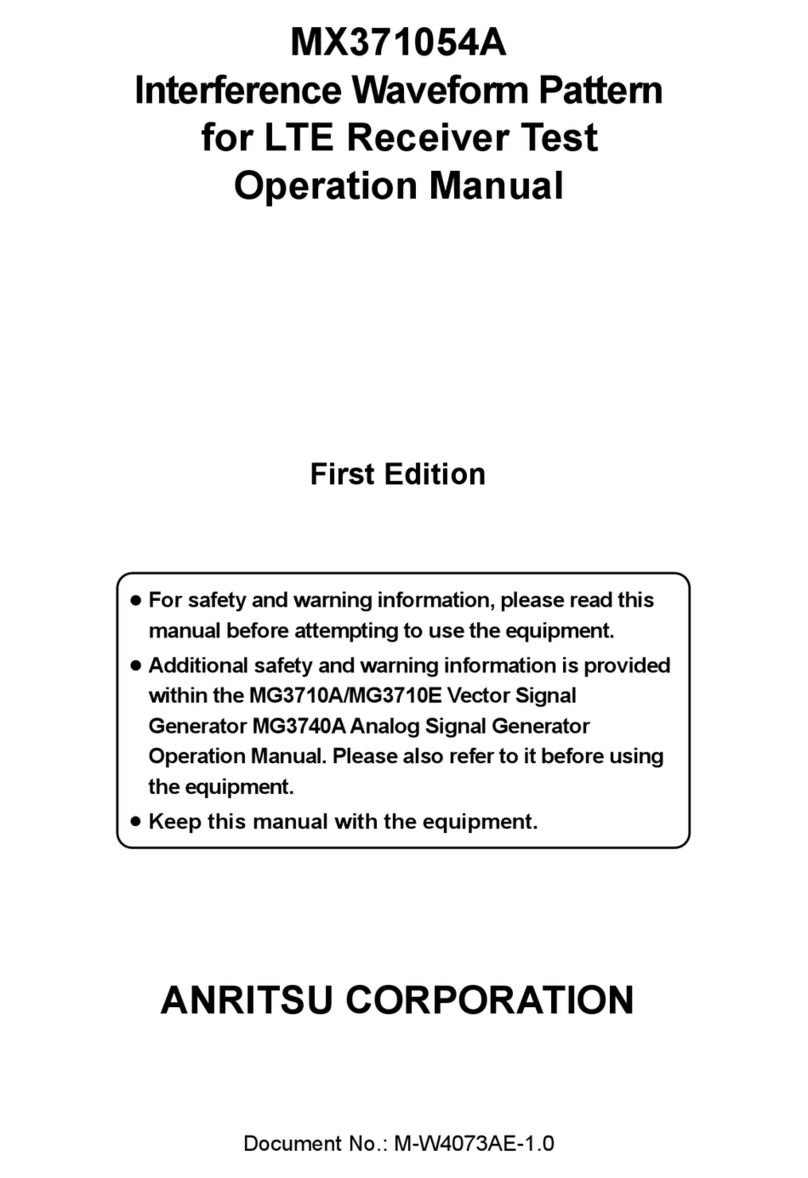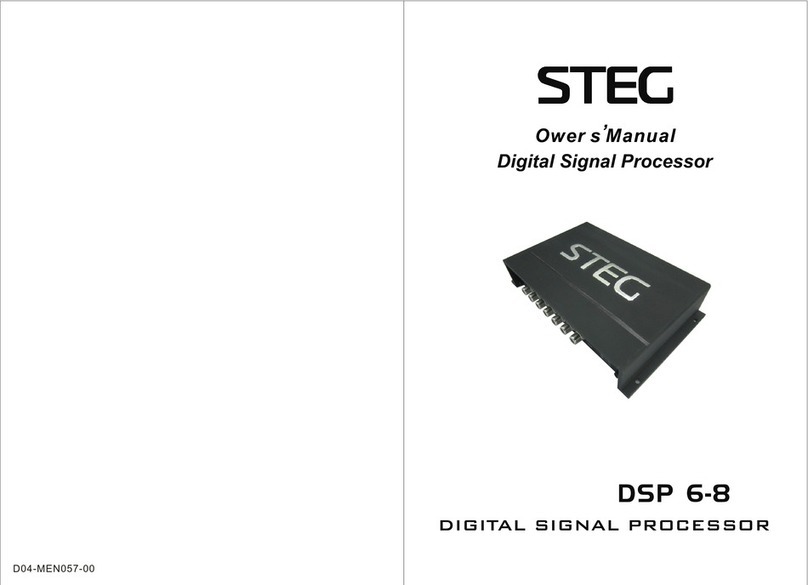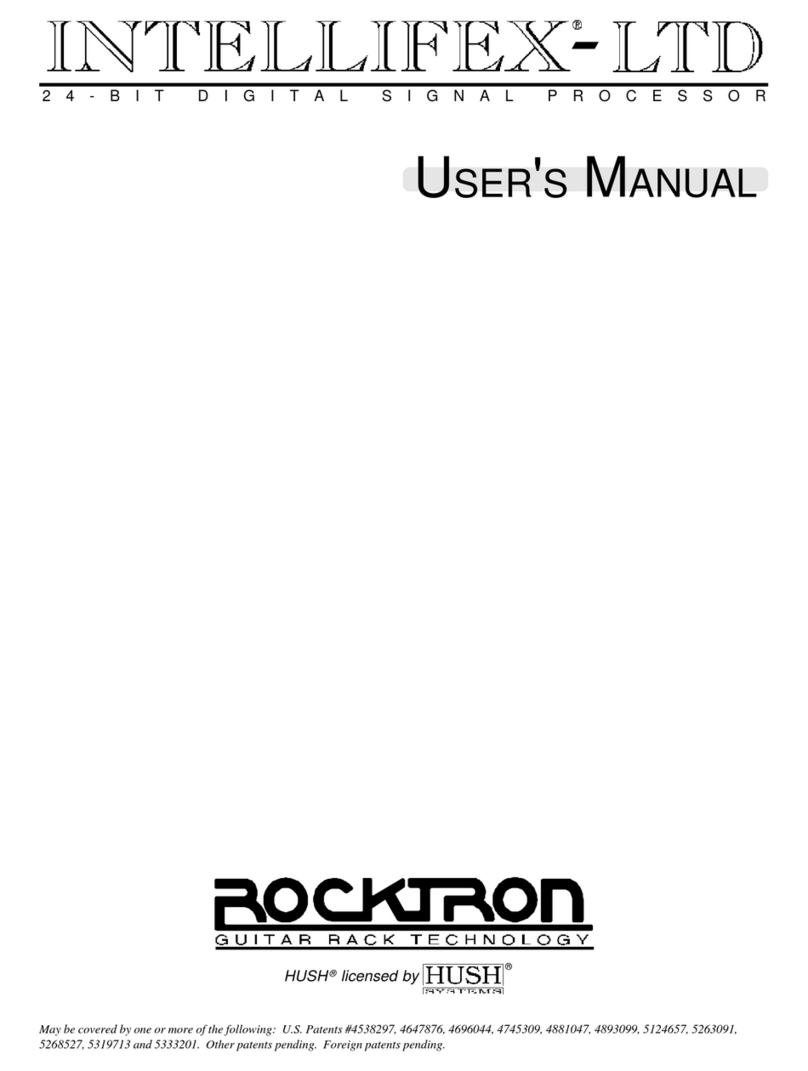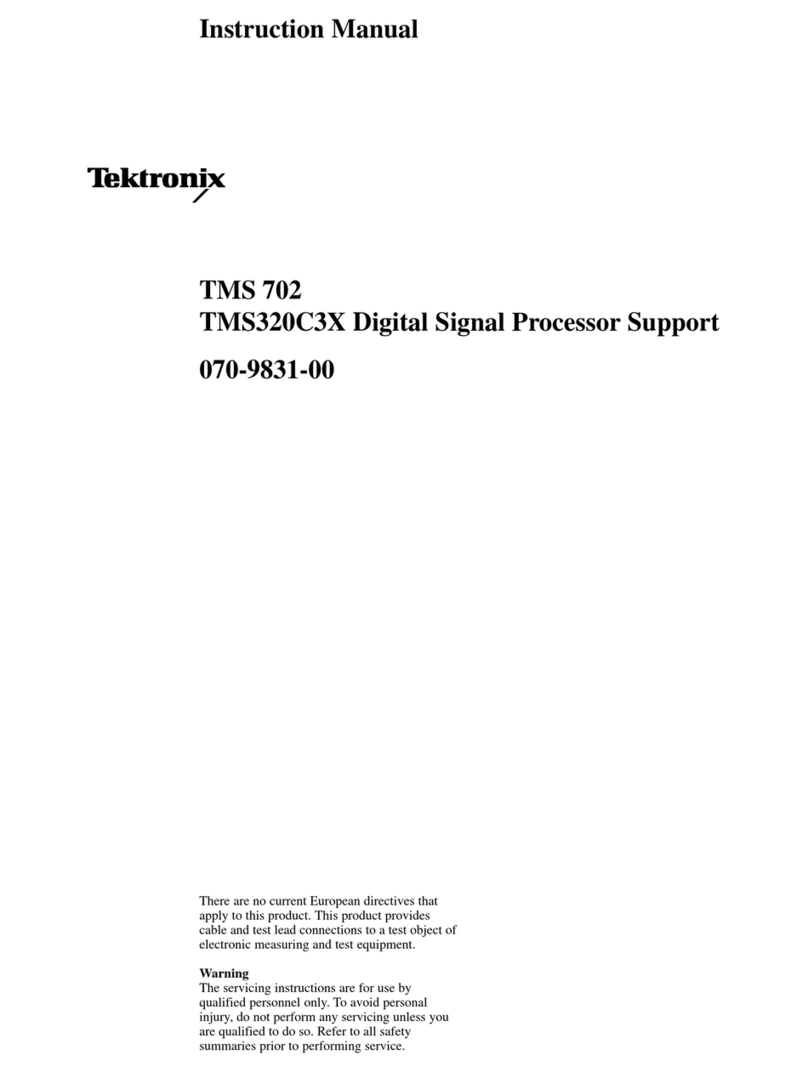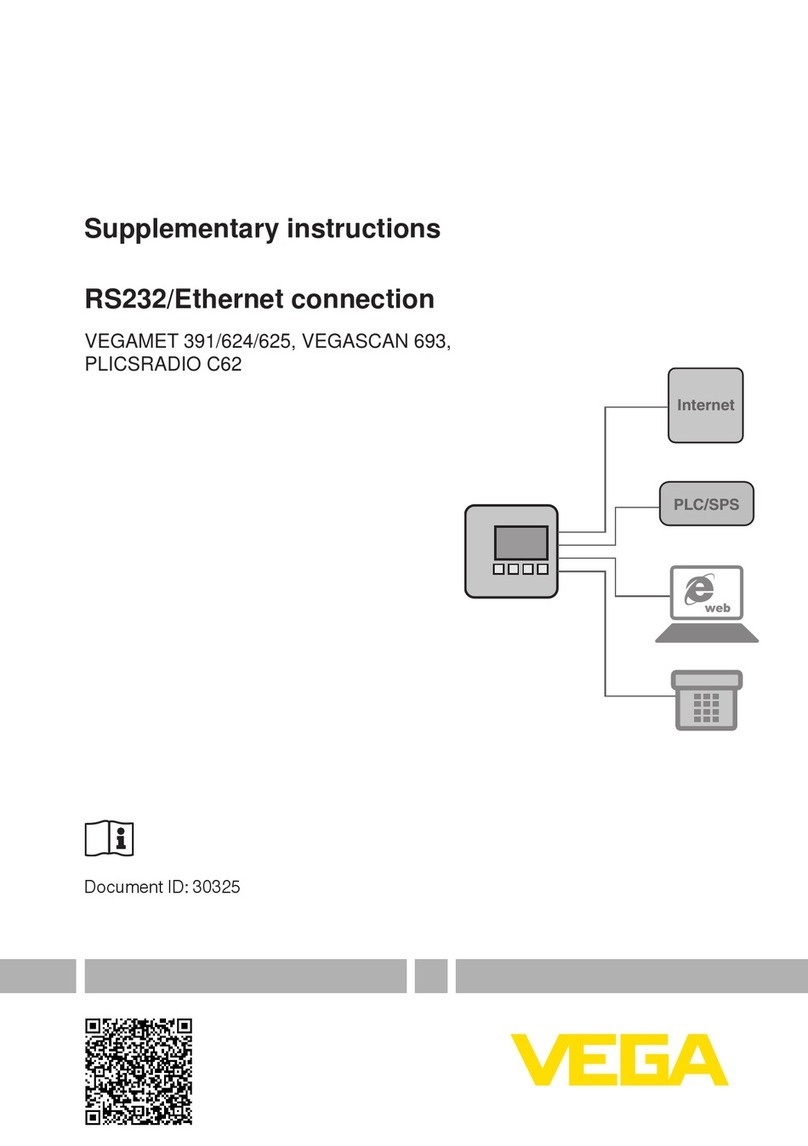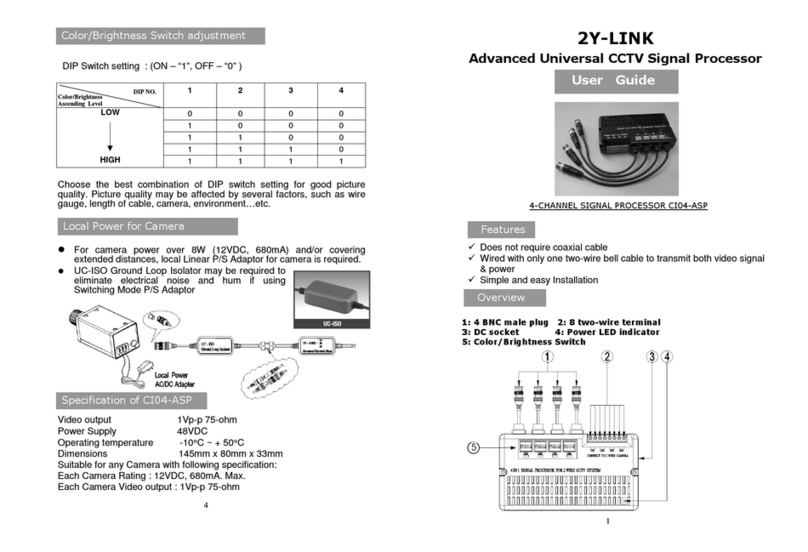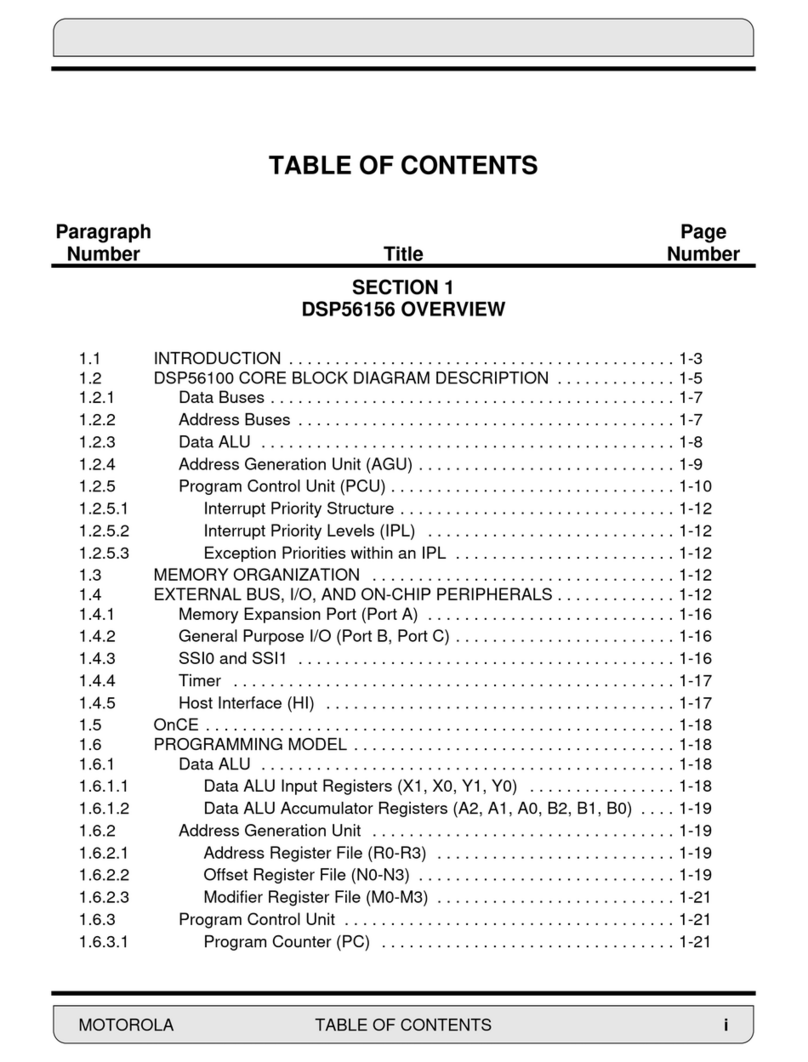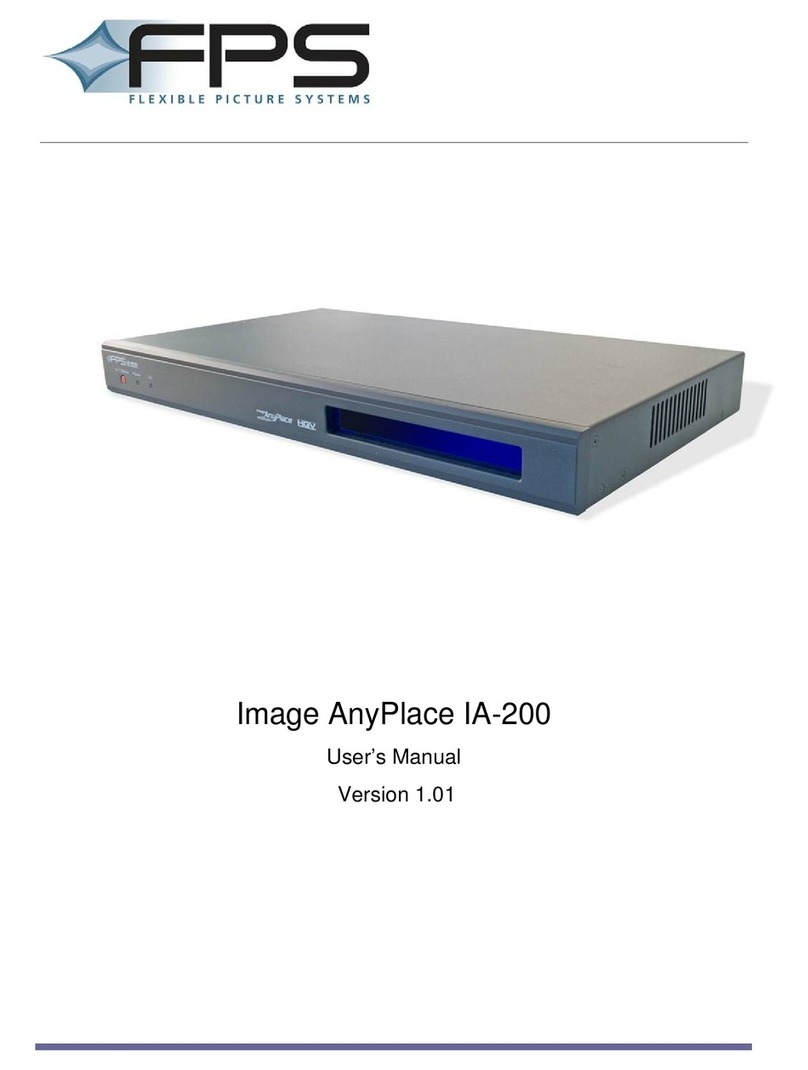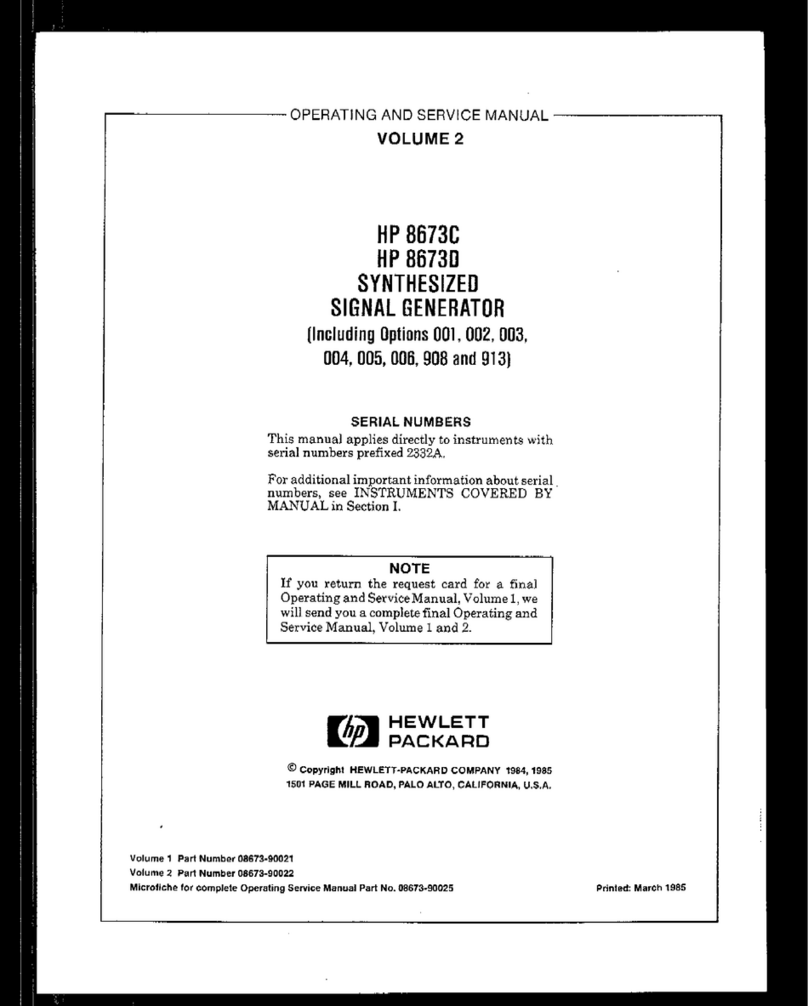
6
HARDWARE ALIGNMENT
This section describes to determine and set the audio levels.
Audio Levels Overview:
To ensure the best audio quality, the scrambler must be configured to match the audio levels used by the radio.
The scrambler uses programmable gain amplifiers to accomplish this. Determining the gain settings for these
amplifiers is an involved process, so Midian simplified this process by developing an algorithm that requires the
technician to make only four voltage measurements. From these four measurements, all of the many internal
settings are determined.
Still, getting the best audio quality will likely require a bit of trial and error. The scrambler only has control of audio
voltage levels, not input and output impedances. These impedances can dramatically influence the levels.
The Four Voltage Measurements:
An oscilloscope and a communications test set/service monitor are required for the measurements. It is
recommended that the measurements be recorded in units of mV peak-to-peak. Each measurement must be
taken with system modulation at either 60% or 100%, but Midian recommends using 60%
A method for controlling transmit modulation is required for accurate measurements in the TX mode. A small
speaker held in place near the microphone by a rubber band can serve this purpose in most cases. Use a sine-
wave generator to inject a 1000 Hz tone into the speaker. Adjust the output of the sine wave generator so that the
transmitter produces 60% of rated modulation while PTT is pressed. Note that if the audio source (such as a
speaker) is moved even slightly, the TX modulation may change significantly. Care must be taken to avoid
changing the TX modulation while taking the measurements.
The first two measurements must be taken using a radio that has not been modified. The 2nd two measurements
require that the scrambler is installed and power is applied to the radio/scrambler. These measurements must be
taken within 15 seconds of powering the scrambler on. This is because the scrambler may enter power saving
mode after that time. Measurements made while the scrambler is in power saving mode will not be valid. The unit
ships with the power save feature enabled by default. The power save feature can be disabled via the KL-3
programming software so that it will not interfere with taking measurements, if desired. Please note that the levels
provided to the option board are different between narrow band and wide band.
1. RX Output: The goal of this procedure is to determine the audio level that would normally appear at the RX
audio insertion point in an unmodified radio. With a fully quieting signal modulated with a 1000 Hz tone at
60%. Measure the voltage level appearing at the junction of R-167 and R-169.
2. TX Output: The goal of this procedure is to determine the audio level that would normally appear at the TX
audio insertion point in an unmodified radio. Provide the radio an audio source generating a 1000 Hz tone and
key the radio. Adjust the audio source such that the modulation is at 60%. Measure the voltage level
appearing at R-170 on the radio.
3. RX Input: The goal of this procedure is to determine the audio level that the scrambler board will see at the
RX audio pickup point after it is installed.
The scrambler must be installed and powered-on while making this measurement. Modulate a 1000 Hz tone
at 60%. Measure the audio level at TP2 on the scrambler.
4. TX Input: The goal of this procedure is to determine the audio level that the scrambler board will see at the
TX audio pickup point after it is installed.
The scrambler must be installed and powered-on while making this measurement. Provide the radio the same
audio source and level as in Step 2, generating a 1000 Hz tone and key the radio. Measure the audio level at
the TP1 on the scrambler.


